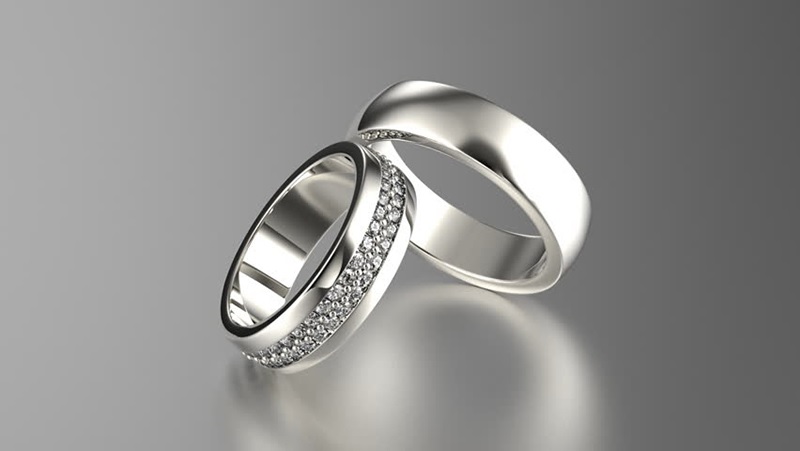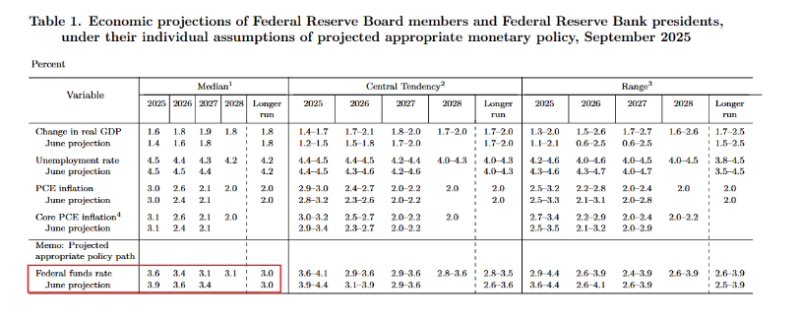
In personal finance and safe-haven investing, gold has long been a trusted store of value.
Yet among today’s popular types of gold — particularly pure gold (24K) and white gold — not everyone understands their true differences in composition, application, and financial worth.
Let’s explore with VCR99 what pure gold really is, how it differs from white gold, and which option best fits your personal financial goals.

1. What Is Pure Gold?
Pure gold, also known as 24-karat gold or 9999 gold, contains up to 99.99% pure gold, making it the most valuable and refined form of gold available.
Because of its near-perfect purity, pure gold has a deep yellow tone, a softer texture, and is resistant to oxidation over time. It symbolizes enduring value and financial stability.
Common Uses of Pure Gold
-
Ideal for long-term investment and wealth preservation.
-
Commonly used to make bullion bars, coins, and plain rings.
-
A traditional choice for dowries and savings in many Asian cultures.
-
Favored by investors for its stability and high liquidity.

2. Distinctive Characteristics of Pure Gold
Beyond material value, pure gold represents trust, resilience, and financial security.
Here are its defining features: Exceptional Purity
With almost no alloy content, pure gold delivers a rich, warm color and holds intrinsic value over time.
Superior Liquidity
Pure gold is easy to buy and sell across jewelry stores and banks throughout Asia, making it a flexible investment vehicle.
Corrosion Resistance
It does not tarnish or rust, preserving both appearance and value for decades.
Soft and Malleable
Because it lacks hardening alloys, pure gold is soft and scratch-prone, making it less ideal for intricate jewelry designs.
3. What Is White Gold?
In contrast, white gold is an alloy of pure gold mixed with white metals such as silver, palladium, platinum, or nickel.
The result is a metal with a bright silver-white luster, combining elegance with durability — a favorite in modern jewelry and luxury fashion.
Features of White Gold
-
Stronger and harder than pure gold, offering better resistance to scratches and deformation.
-
Brilliant silver-white shine, often rhodium-plated for added brightness and oxidation resistance.
-
Contains 58–75% gold, equivalent to 14K–18K, depending on composition.
-
Versatile: pairs beautifully with diamonds and other gemstones for premium designs.

4. Comparison: Pure Gold vs. White Gold
| Criteria | Pure Gold (24K / 9999) | White Gold (18K / 14K) |
|---|---|---|
| Purity | 99.99% gold | 58–75% gold + alloys |
| Color | Deep yellow, rich tone | Silver-white, modern look |
| Hardness | Soft, easily scratched | Harder, durable |
| Use Case | Investment, saving | Jewelry, daily wear |
| Value | High and stable | Lower, design-dependent |
| Liquidity | Very high | Moderate |
| Purpose | Preserve wealth | Combine fashion & value |
5. Investment Value and Financial Perspective
From VCR99’s investment standpoint, both gold types serve different financial goals depending on your strategy:
For long-term value preservation
→ Pure gold is ideal thanks to its stability and liquidity.
It’s less influenced by fashion trends and offers steady value during inflation or market downturns.
For style and flexibility
→ White gold offers both aesthetic beauty and reasonable investment value.
It’s perfect for those who want jewelry that retains partial financial worth.
💬 Financial experts suggest allocating 5–15% of your portfolio to gold, especially pure gold, to reduce risk and balance long-term investments.
6. VCR99’s Perspective – Smarter Financial Thinking
At VCR99, we believe:
“Understanding your assets is the first step toward investing wisely.”
Both pure gold and white gold carry financial and emotional significance.
The difference lies in how you define your financial objectives and allocate your capital strategically.
-
Pure gold – for those seeking security and long-term wealth protection.
-
White gold – for those who value modern elegance with stable worth.
7. Conclusion
Pure gold remains the most valuable type of gold thanks to its near-perfect purity, making it the ideal asset for investment and wealth accumulation.
Meanwhile, white gold brings a modern, luxurious appearance that suits fashion and everyday use.
Each has its unique financial purpose — your choice depends on your goals, lifestyle, and investment strategy.
VCR99 recommends a diversified portfolio that balances growth assets (like stocks or funds) with safe-haven assets such as gold for sustainable financial health.
🌐 Follow VCR99 for more insights on gold, personal finance, and smart investment strategies.📧 [email protected] | 🔗 https://vcr99.com




